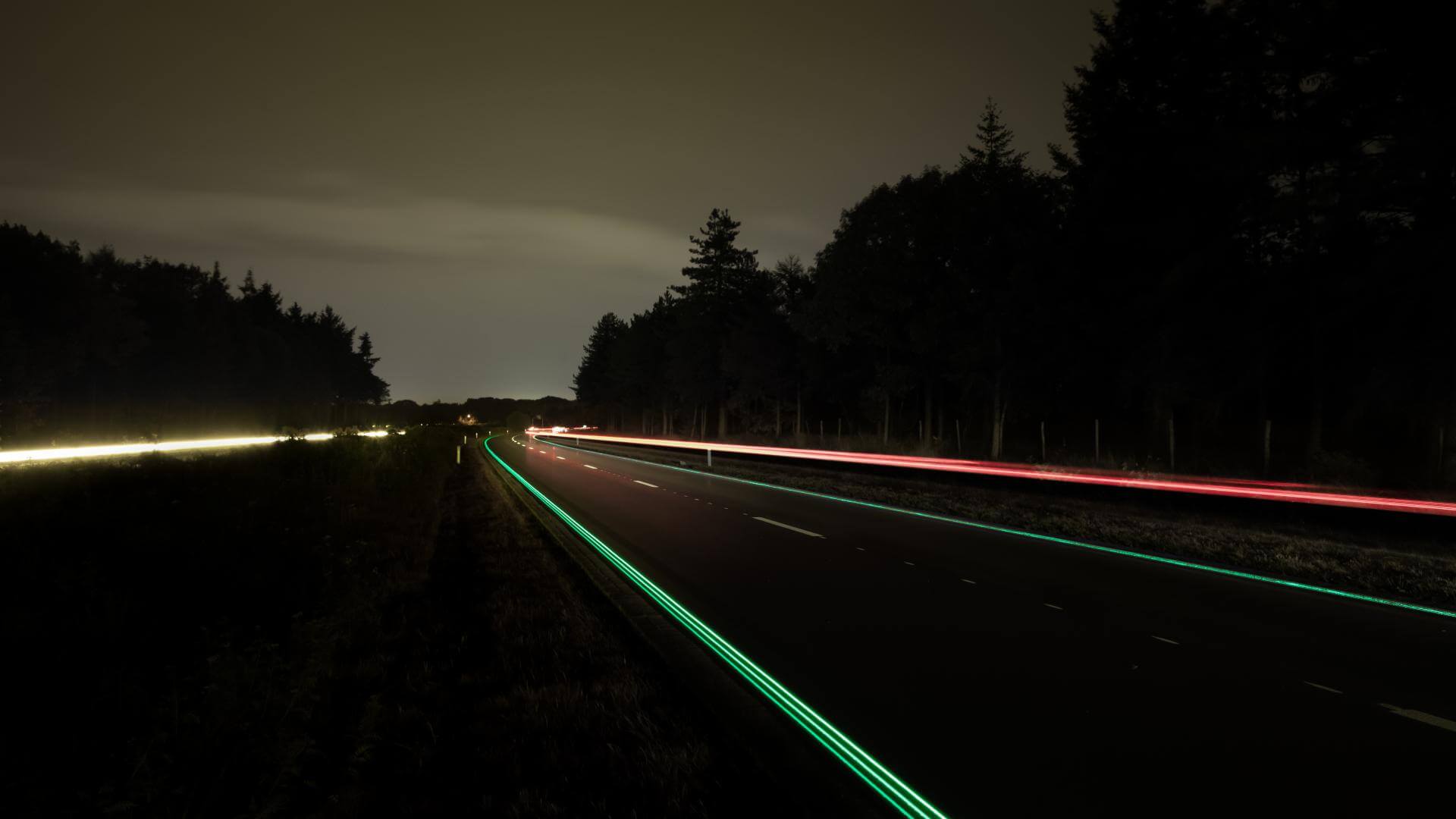
No light poles thanks, smart highways please
Since the beginning of the XXI century and even more so with the rise of the technological hype, the adjective “SMART” has made its appearance in several different domains. Behind this trend is the need to make daily objects more interactive and better able to provide fast solutions to daily issues. Smart houses were created to minimise energy waste, smart wearables to improve our lifestyle, smart phones to make us feel more connected. It seems that the process of making smart devices and surroundings is affecting everything in our societies, streets and highways included.
Imagine a street with no light poles: during night-time drivers could struggle to stay on track and avoid accidents. Inadequate lighting on streets represents a serious concern in terms of safety, which cannot be tackled easily when the aforementioned street is hardly reachable by electricity suppliers. Maintaining streets and highways illuminated reveals two other important aspects to be taken into account: the high maintenance costs of lighting systems and, more importantly, the amount of pollution generated in order to supply lighting electricity. A possible solution to this issue has been developed and tested in the Netherlands: the project called Glowing Lines was created by artist Daan Roosegaarde and fully supported by the famous Dutch construction company Heijmans.
Smart Highway Glowing Lines by Roosegaarde / Heijmans: charging at daytime, glowing at night.
Roosegaarde, who is also known for his green engagement, created this innovative solution to enlighten streets in an environmentally friendly way. His solution is composed of glow-in-the-dark lines placed directly on the tarmac, which are recharged through sunlight: after storing solar power over the day, they can then provide luminescence for more than 9 hours. At this point the question arises naturally: what are these glowing lines made of? The majority could think that it is a luminescent paint, however Roosegaarde makes clear that it’s a photo-luminescent coating he created himself. The project is undergoing a process of testing in order to identify possible flaws before launching it as a definitive solution on the street-building market: the highway N329 in Oss has been the first testing field for an approximate distance of 1,5 kilometres.

In partnership with Heijmans N.V., Roosegaarde has proposed other alternative features to make Dutch highways smarter and more environmentally friendly, such as lights powered by the draft of passing cars and interactive road paints to indicate drivers the presence of icy conditions. This is a clear example of how creativity, art and technology can be merged together to find bright solutions to the issues faced by our societies, encompassing an attention to aesthetics in the strive to resolve a real life problem. The results so far have been promising, however not to the extent that the solution can be adopted nation-wide: when it comes to road safety it is extremely important to test extensively and minimise blemishes which could affect drivers’ safety.
Energy, Environment, featured, Glowing Lights, green, luce1, Smart Highways, Solar Energy